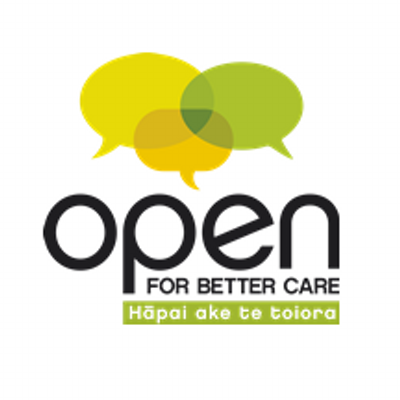
These communication modalities, even if feasible, are not sufficient and pose some objective difficulties, including respect for privacy and confidentiality. First and foremost, this implies appropriate communication by telephone or video calls, which are also possible towards the end of life. The therapeutic choices that guide the care of each patient, to be effective, respectful and proportionate, call for sharing between the patient, family members and health professionals, even in times of pandemic. The reasons leading our beliefs are presented in the Electronic Supplementary Material, together with a presentation of the Authors characteristics. The aim of the present paper is to share our viewpoint and experience about the benefits of permitting visits in ICUs during a pandemic period, to identify barriers to the relatives’ presence, and to discuss possible strategies to overcome them. Even during the pandemic, knowing that we cannot guarantee immediate results, we nevertheless consider it a priority to find shared strategies adaptable to every local setting to allow family members to enter CoViD wards.
Open with care how to#
While we are aware of the complexity involved in implementing protocols for the admission of family members, we believe it is absolutely essential to set some precise strategic goals and provide operational guidance on how to achieve them. The situation in corona virus disease (CoViD) wards remains extremely challenging. It is left to the ward head to decide in which cases exceptions are appropriate. The same conditions apply to pediatric wards and pediatric ICUs. However, entry into hospitals is allowed in situations of “particular frailty and vulnerability of hospitalized patients” or in any case “of special need”, with strict limits on the time and number of visitors. Many current regional provisions strictly restrict family visits. These rules, which are still in force or are only slightly less restrictive a year later, are often perceived as unjust by people who have an understandable desire to be close to their loved ones, especially during the end-of-life stages. This is a precise need and clearly a right of patients and their families, establishing understanding and collaboration between families and the care team.Īt the beginning of the pandemic, regulations were issued prohibiting family members from being physically close to their loved ones in hospital, mainly because of the scarcity of personal protective equipment (PPE) and limited knowledge about the disease and its transmission.

Open with care professional#
If you receive a puncture wound or a wound contaminated with feces, soil, or saliva, have a health care professional determine whether a tetanus booster is necessary based on individual records.The pandemic of severe acute respiratory syndrome corona virus 2 (SARS-CoV-2), abruptly interrupted a decades-long path of "humanization" and "opening" of intensive care units (ICUs). If you have wounds, you should be evaluated for a tetanus immunization. You have signs of sepsis such as confusion or disorientation, shortness of breath, high heart rate, fever or shivering, extreme pain or discomfort or clammy or sweaty skin.The wound is infected (pain and soreness, swelling, redness, draining, or you develop a fever).A wound is a result of a puncture by a dirty object.There is a foreign object (soil, wood, metal, or other objects) embedded in the wound.

Seek medical attention as soon as possible if: Wounds that are not cleaned correctly can trap bacteria and result in infection.



 0 kommentar(er)
0 kommentar(er)
